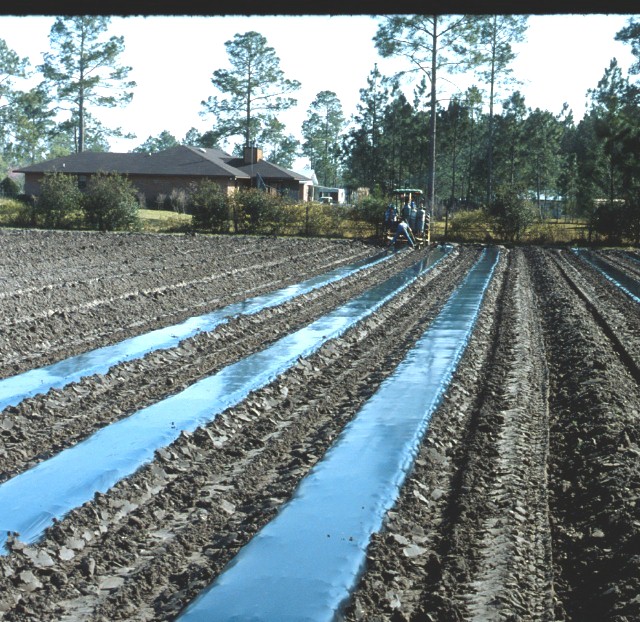By Clint Thompson
Alabama Extension recommends that vegetable growers re-use their plastic mulch in the fall. But there are management strategies that producers need to utilize to make it a worthwhile strategy.

Andre da Silva, Alabama Extension vegetable specialist, focused on plastic mulches during a recent webinar.
“Using plastic mulch for a second crop is a good approach for the fall season, because you’re going to save costs related to plastic mulch and drip tape. You do have a slight reduction in yield, but if you do proper management, you will not see the impact of the second season plastic on your crop,” da Silva said. “For early planting dates, if you have black plastic, you’re going to need to paint it white. You want to avoid those hot temperatures of late summer on your crops. If you don’t paint it, you’re going to have problems with high temperatures in your crop.
“You need to make sure as well that you’re going to have the capability to inject a fertilizer; it’s very important. This is for other chemicals as well. Let’s say you have problems with nematodes, you’re going to need to inject something for nematodes because they’re going to be up in the soil late summer. If you have a problem with a soil-borne disease, you’re going to need to inject something for it. It’s mainly in brassica crops.”
He added that when growers produce a crop a second time in the same plastic, they usually have a lot of soil compaction; especially more when compared to the first plastic. Producers need to select a crop like broccoli, cabbage, kale, collards or pumpkins.
“They are very successful on second plastic. Those would be my recommendations,” da Silva said.









